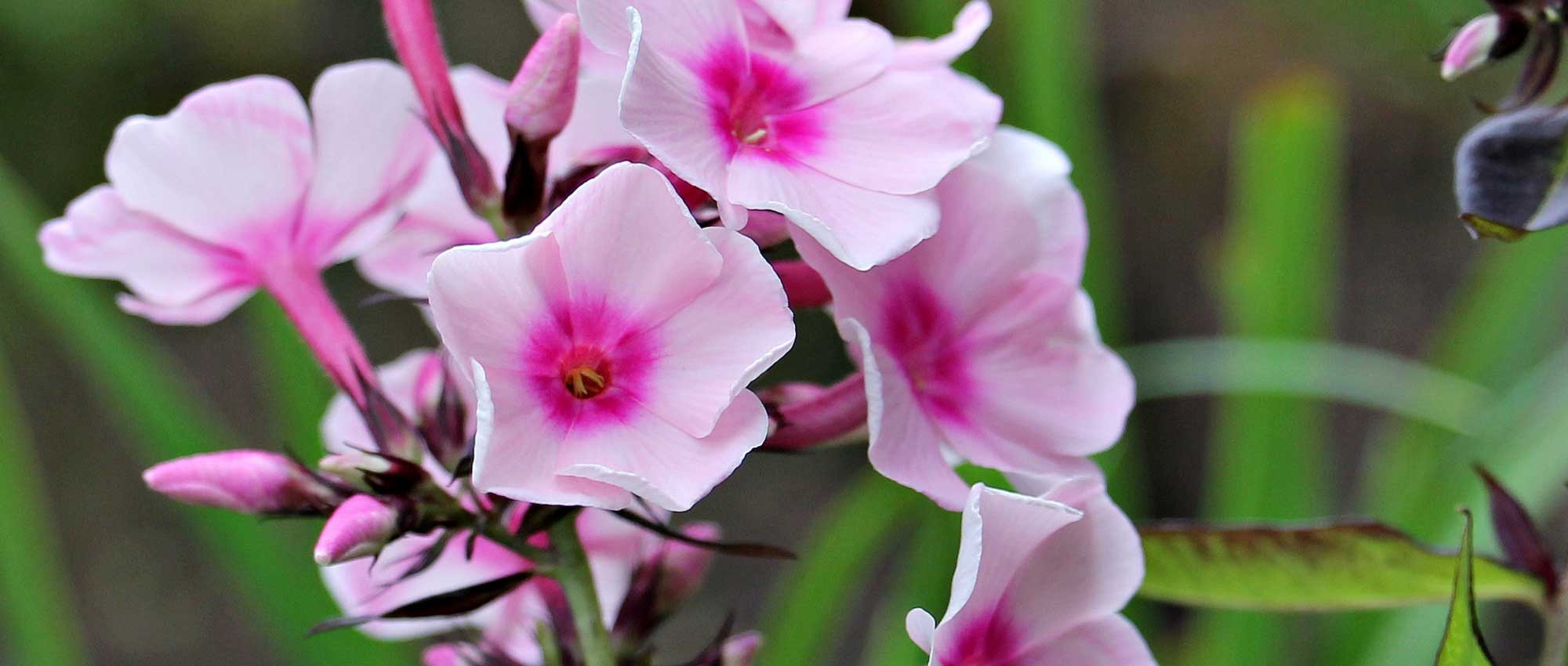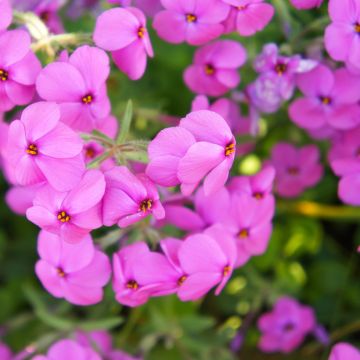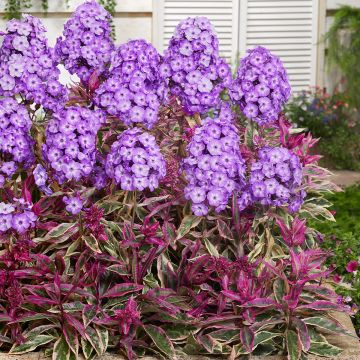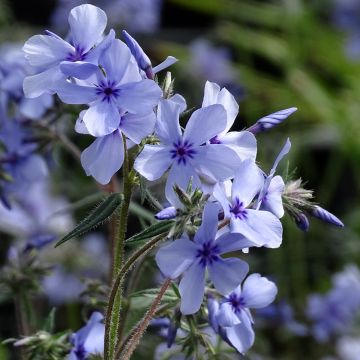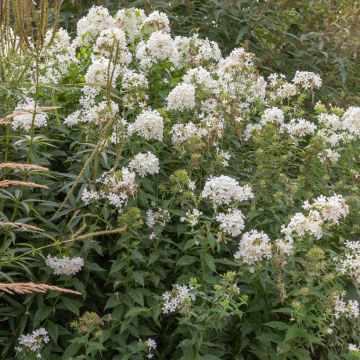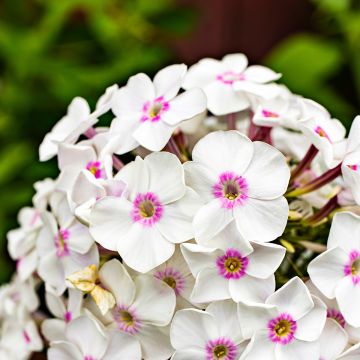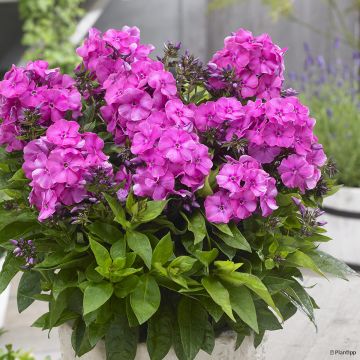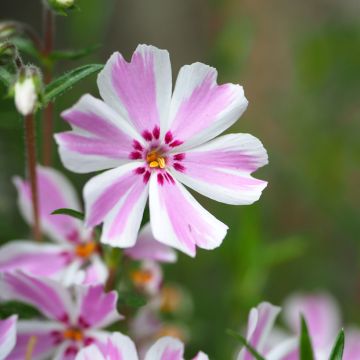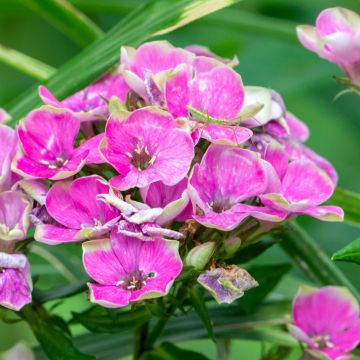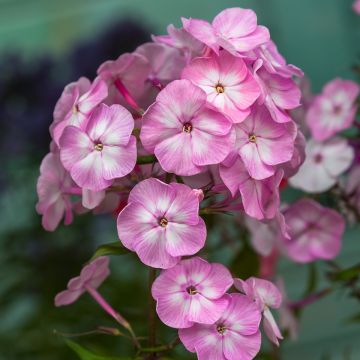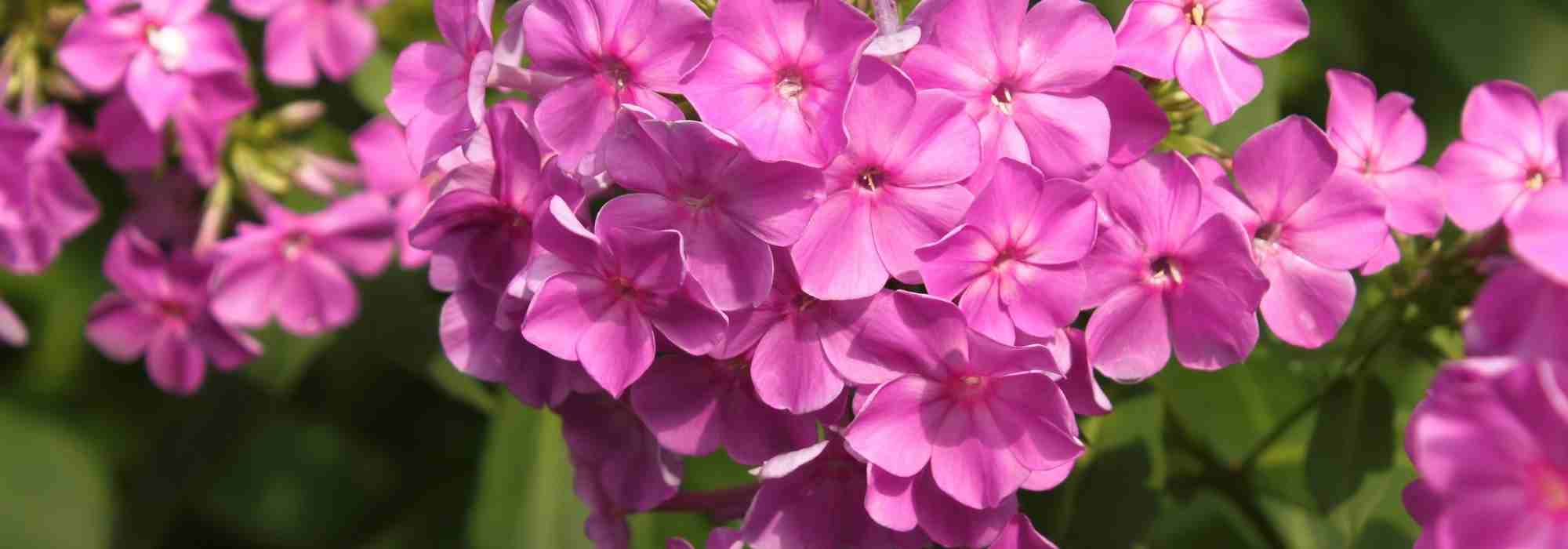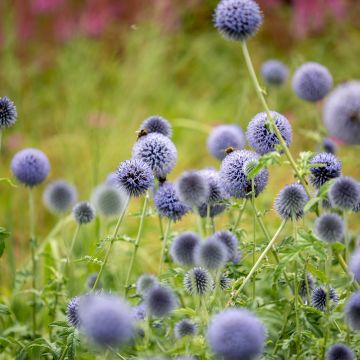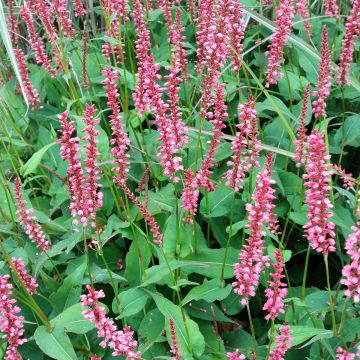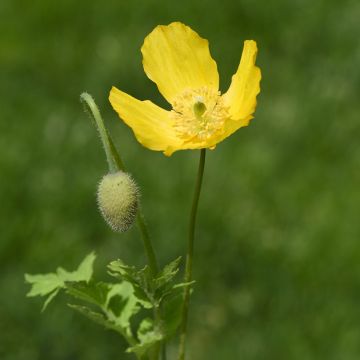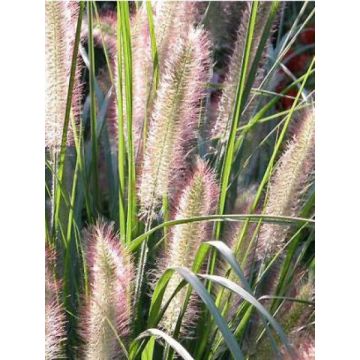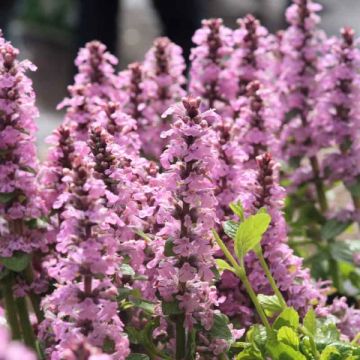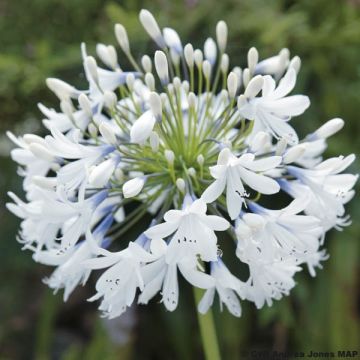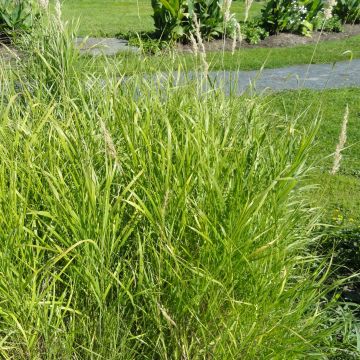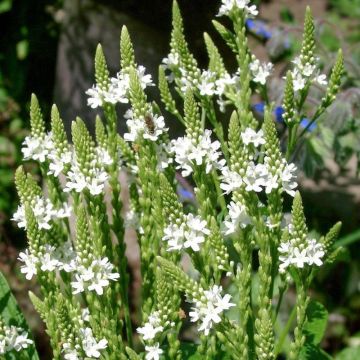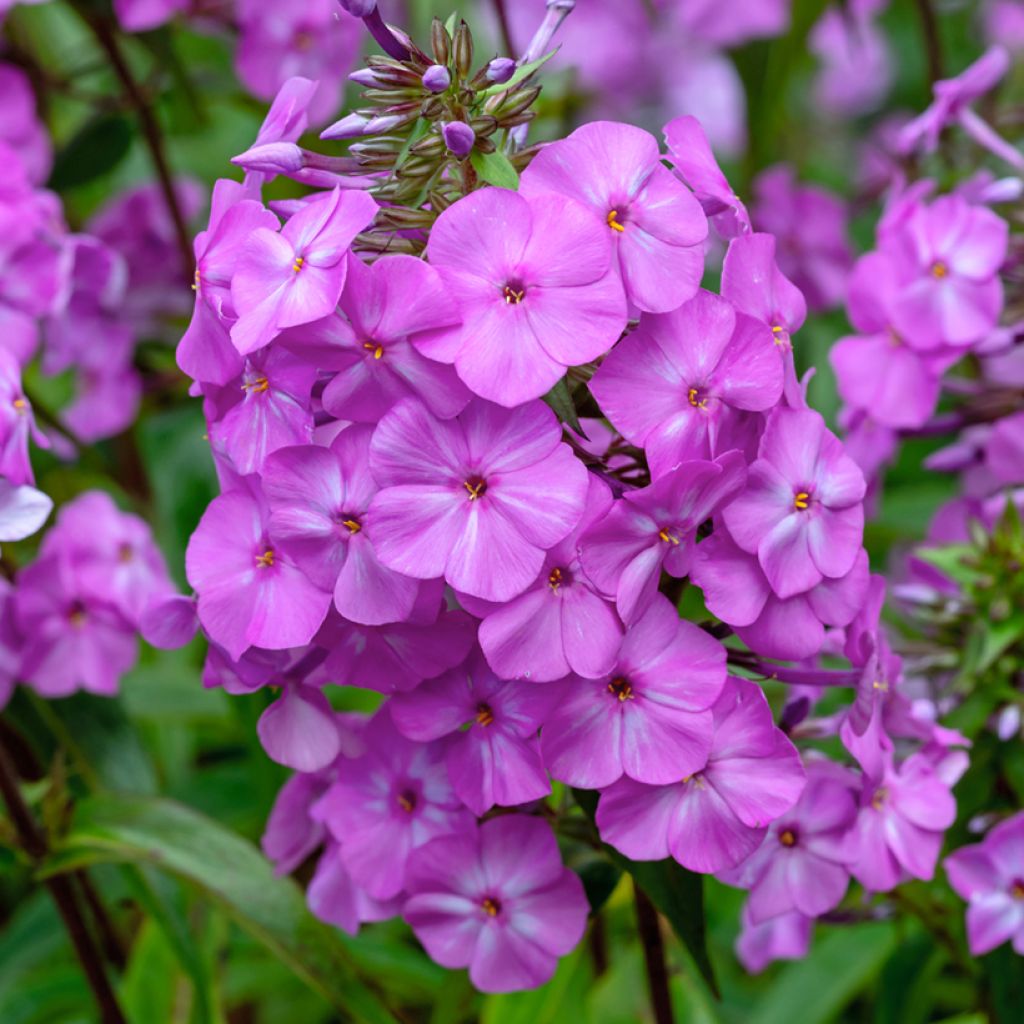

Phlox maculata Alpha
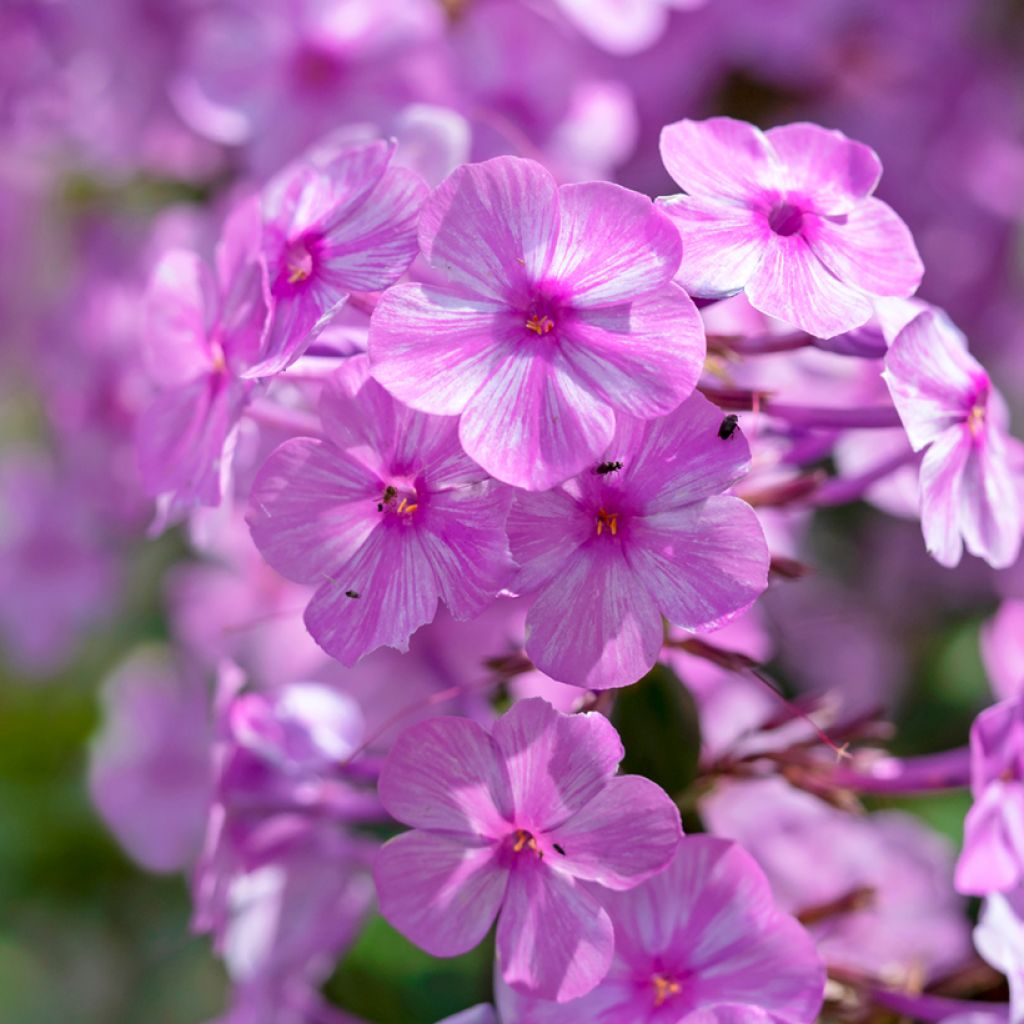

Phlox maculata Alpha


Phlox maculata Alpha
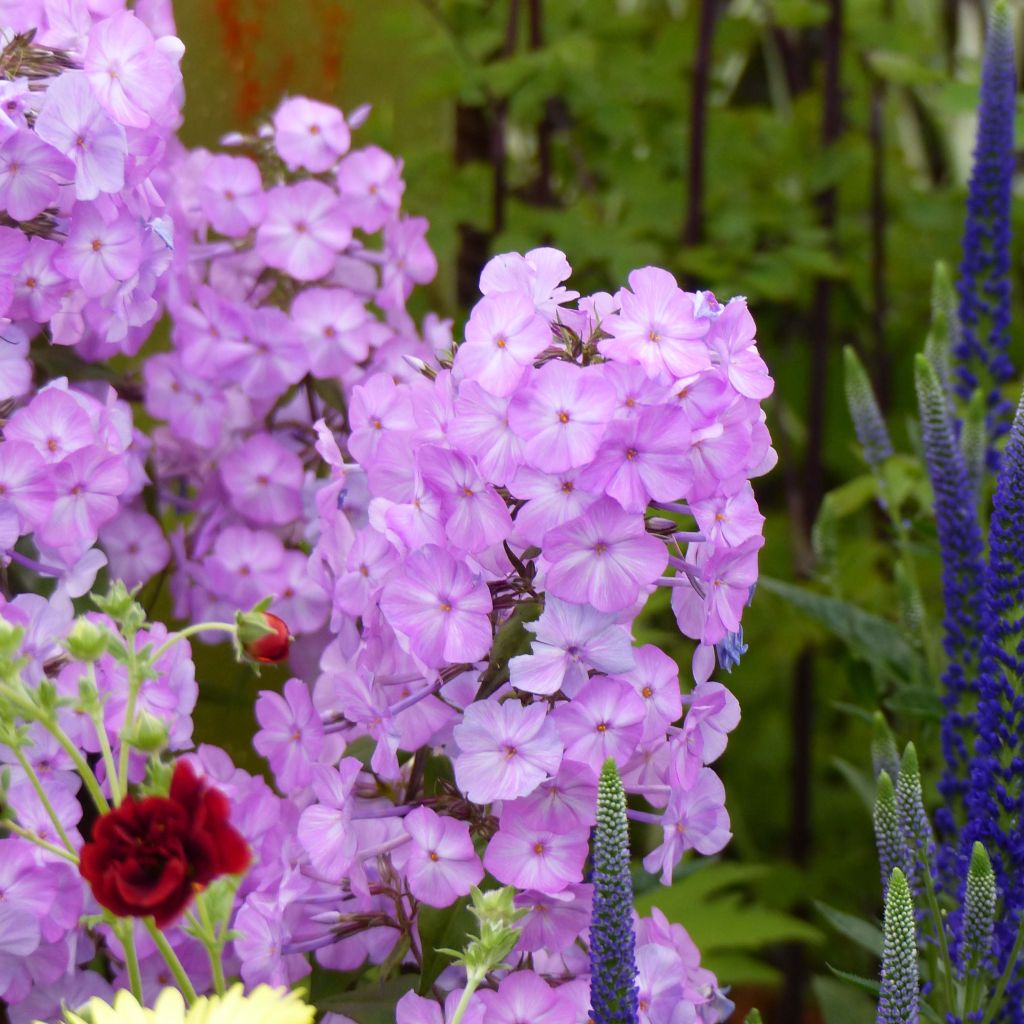

Phlox maculata Alpha
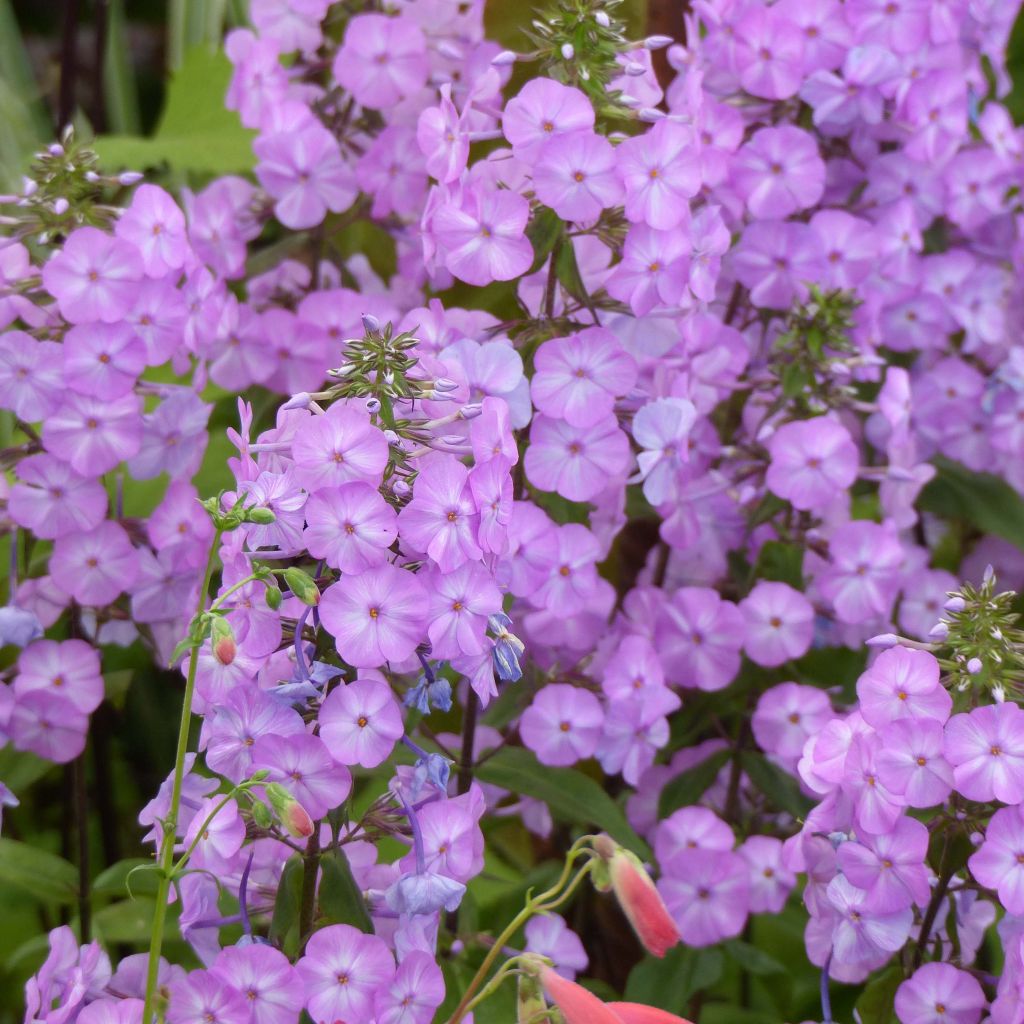

Phlox maculata Alpha
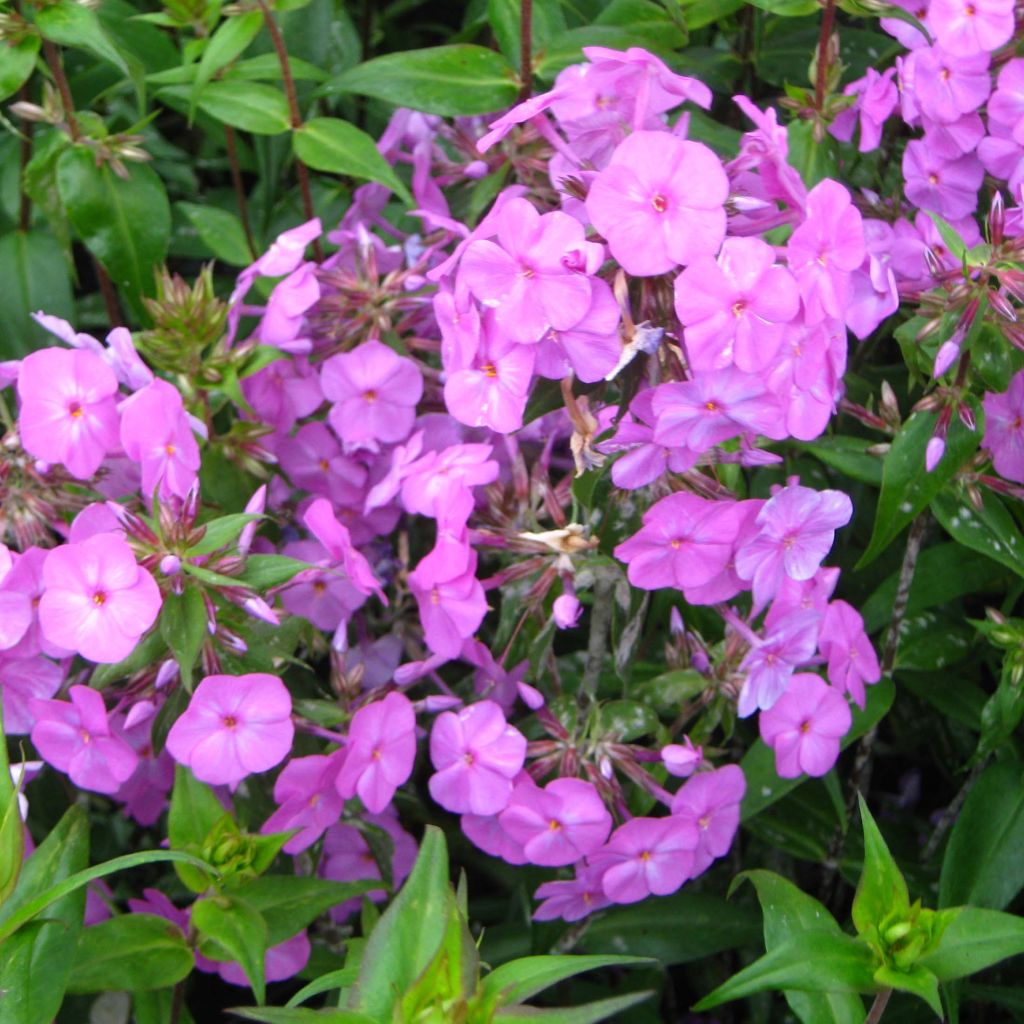

Phlox maculata Alpha
Phlox maculata Alpha
Phlox maculata Alpha
Meadow Phlox, Spotted Phlox, Wild Sweet William
Doesn't seem to be in great shape... and very dry.
Jacqueline, 17/07/2024
Special offer!
Receive a €20 voucher for any order over €90 (excluding delivery costs, credit notes, and plastic-free options)!
1- Add your favorite plants to your cart.
2- Once you have reached €90, confirm your order (you can even choose the delivery date!).
3- As soon as your order is shipped, you will receive an email containing your voucher code, valid for 3 months (90 days).
Your voucher is unique and can only be used once, for any order with a minimum value of €20, excluding delivery costs.
Can be combined with other current offers, non-divisible and non-refundable.
Home or relay delivery (depending on size and destination)
Schedule delivery date,
and select date in basket
This plant carries a 12 months recovery warranty
More information
We guarantee the quality of our plants for a full growing cycle, and will replace at our expense any plant that fails to recover under normal climatic and planting conditions.
Does this plant fit my garden?
Set up your Plantfit profile →
Description
The Phlox maculata 'Alpha' is a hybrid phlox close to the American botanical species, with the same fragrance, floribundity, and improved resistance to mildew than the paniculate phlox. Smaller than the latter, it also has a more flexible, leafy habit and produces an abundance of characteristic, narrow and tall panicles in midsummer, where small flowers of bright pink-lilac with a dark eye are tightly packed. This leafy perennial, a bit slower to establish than the paniculate phlox, will thrive in cool and humus-rich soil in the sun. It is also an excellent cut flower.
The 'Alpha' variety comes from Phlox maculata, a perennial and herbaceous species native to the meadows of the eastern USA, which belongs to the family of Polemoniaceae. It often grows near watercourses, on the edge of woodlands. Its woody stump forms a bushy clump composed of densely leafy stems reaching 70 to 80 cm (28 to 32in) in height and 50 cm (20in) in width. The solid stems, tinged with brown-purple, are covered with alternate, simple, ovate, and lanceolate leaves of a shiny dark green. Flowering begins in early July, at the height of summer, and continues until August, provided faded flower heads are removed. The small flowers have a tubular corolla of bright pink colour, more or less washed with mauve, barely marked with a tiny dark pink throat. They are grouped along the stems in dense and elongated panicles, highly fragrant at the end of the day. The flowering is melliferous and nectariferous.
Light, vibrant, flexible, loaded with flowers and often fragrant, Phlox are perennial plants made for cottage gardens, as their simplicity and generosity are almost unparalleled in perennial beds, to the point that one sometimes wonders what was planted in gardens before their discovery. They go well with 'Mohawk' Monardas or 'Wirral Supreme' Marguerites. Phlox 'Alpha' can be paired with gauras, cleomes, and Oriental poppies but also with perennial delphiniums that appreciate the same conditions. Tall phlox make good companions for bush roses in colour harmony. Phlox paniculata 'Alpha' is a first-rate perennial for flowering beds and composing your bouquets at home.
Phlox maculata Alpha in pictures
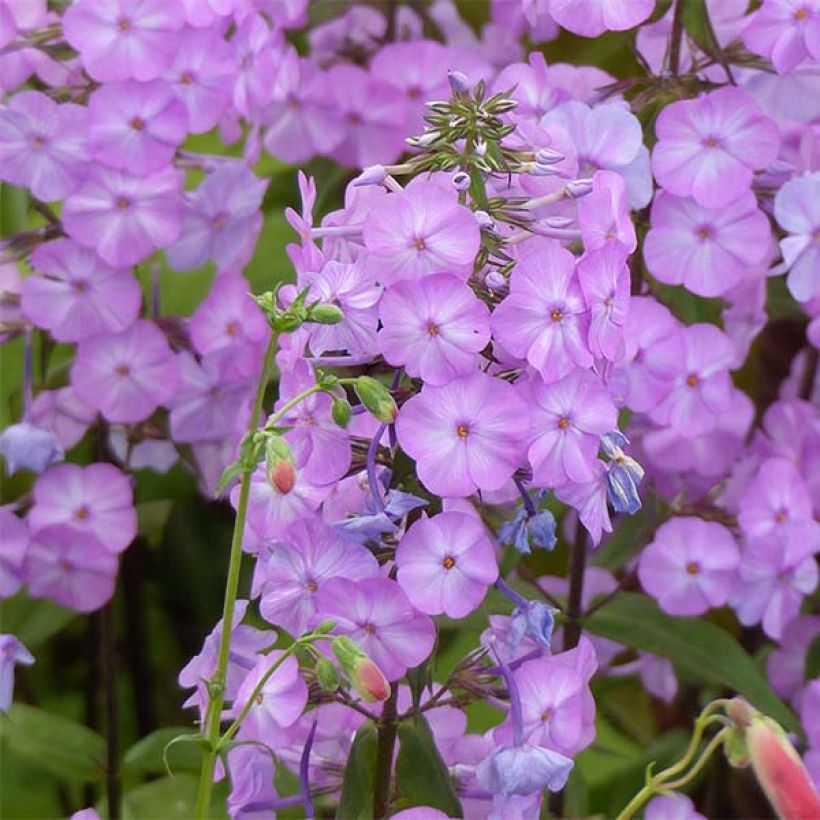

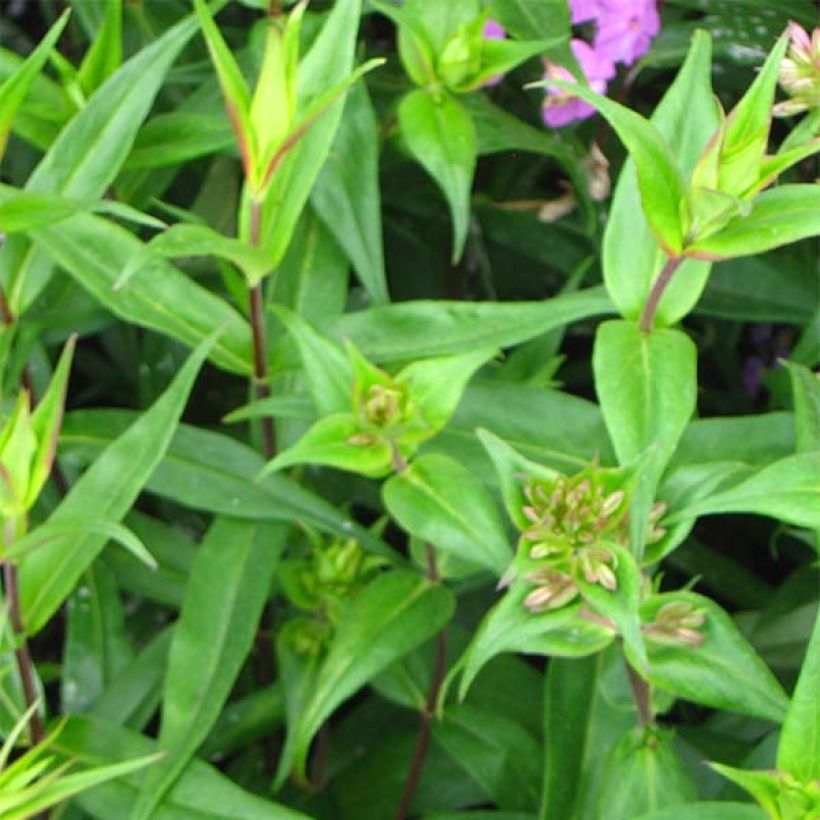

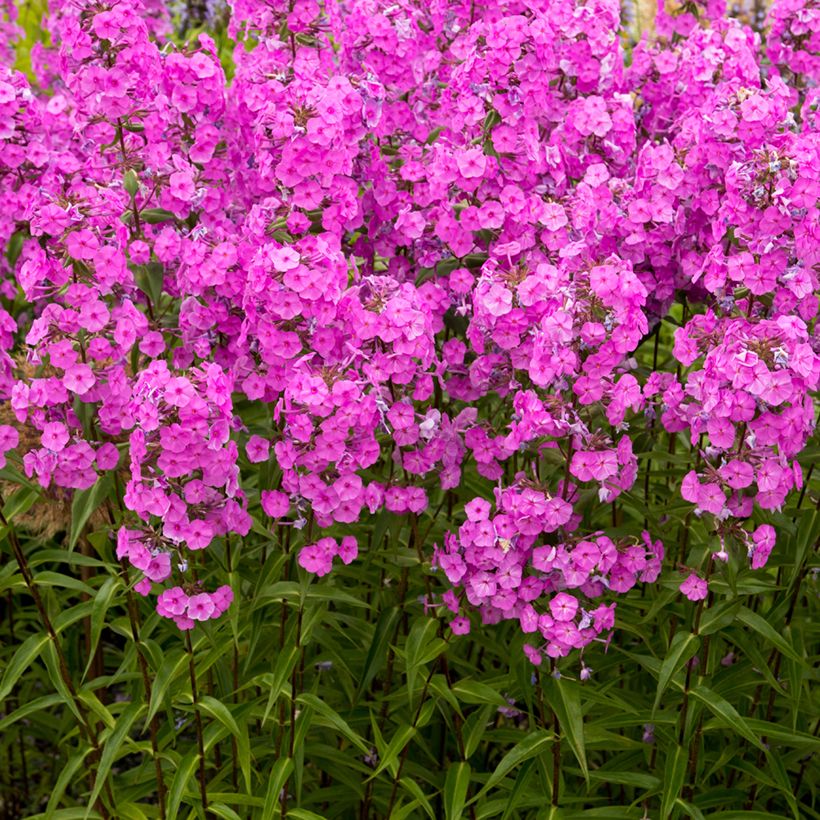

Flowering
Foliage
Plant habit
Botanical data
Phlox
maculata
Alpha
Polemoniaceae
Meadow Phlox, Spotted Phlox, Wild Sweet William
Cultivar or hybrid
Other Phlox
View all →Planting and care
Paniculate and maculate phlox are hardy plants, easy to cultivate with some precautions. The 'Alpha' phlox prefers fresh and rich soil, even clay and slightly damp, but adequately drained and without excess limestone. Ideally, it should be planted in a mixture of leaf compost and coarse sand in deep and loose soil. It needs sun to bloom well. A too-dry or hot environment makes the foliage more susceptible to powdery mildew. Planting in a sunny climate with hot summers will require regular watering and mulching at the base, although it may not reach its full potential. Pruning the faded flower heads promotes a second flowering at the end of the season. Protect young plants from slugs, which are fond of their tender shoots and can sometimes cause damage in spring.
Planting period
Intended location
Care
Planting & care advice
-
, onOrder confirmed
Reply from on Promesse de fleurs
Similar products
Haven't found what you were looking for?
Hardiness is the lowest winter temperature a plant can endure without suffering serious damage or even dying. However, hardiness is affected by location (a sheltered area, such as a patio), protection (winter cover) and soil type (hardiness is improved by well-drained soil).

Photo Sharing Terms & Conditions
In order to encourage gardeners to interact and share their experiences, Promesse de fleurs offers various media enabling content to be uploaded onto its Site - in particular via the ‘Photo sharing’ module.
The User agrees to refrain from:
- Posting any content that is illegal, prejudicial, insulting, racist, inciteful to hatred, revisionist, contrary to public decency, that infringes on privacy or on the privacy rights of third parties, in particular the publicity rights of persons and goods, intellectual property rights, or the right to privacy.
- Submitting content on behalf of a third party;
- Impersonate the identity of a third party and/or publish any personal information about a third party;
In general, the User undertakes to refrain from any unethical behaviour.
All Content (in particular text, comments, files, images, photos, videos, creative works, etc.), which may be subject to property or intellectual property rights, image or other private rights, shall remain the property of the User, subject to the limited rights granted by the terms of the licence granted by Promesse de fleurs as stated below. Users are at liberty to publish or not to publish such Content on the Site, notably via the ‘Photo Sharing’ facility, and accept that this Content shall be made public and freely accessible, notably on the Internet.
Users further acknowledge, undertake to have ,and guarantee that they hold all necessary rights and permissions to publish such material on the Site, in particular with regard to the legislation in force pertaining to any privacy, property, intellectual property, image, or contractual rights, or rights of any other nature. By publishing such Content on the Site, Users acknowledge accepting full liability as publishers of the Content within the meaning of the law, and grant Promesse de fleurs, free of charge, an inclusive, worldwide licence for the said Content for the entire duration of its publication, including all reproduction, representation, up/downloading, displaying, performing, transmission, and storage rights.
Users also grant permission for their name to be linked to the Content and accept that this link may not always be made available.
By engaging in posting material, Users consent to their Content becoming automatically accessible on the Internet, in particular on other sites and/or blogs and/or web pages of the Promesse de fleurs site, including in particular social pages and the Promesse de fleurs catalogue.
Users may secure the removal of entrusted content free of charge by issuing a simple request via our contact form.
The flowering period indicated on our website applies to countries and regions located in USDA zone 8 (France, the United Kingdom, Ireland, the Netherlands, etc.)
It will vary according to where you live:
- In zones 9 to 10 (Italy, Spain, Greece, etc.), flowering will occur about 2 to 4 weeks earlier.
- In zones 6 to 7 (Germany, Poland, Slovenia, and lower mountainous regions), flowering will be delayed by 2 to 3 weeks.
- In zone 5 (Central Europe, Scandinavia), blooming will be delayed by 3 to 5 weeks.
In temperate climates, pruning of spring-flowering shrubs (forsythia, spireas, etc.) should be done just after flowering.
Pruning of summer-flowering shrubs (Indian Lilac, Perovskia, etc.) can be done in winter or spring.
In cold regions as well as with frost-sensitive plants, avoid pruning too early when severe frosts may still occur.
The planting period indicated on our website applies to countries and regions located in USDA zone 8 (France, United Kingdom, Ireland, Netherlands).
It will vary according to where you live:
- In Mediterranean zones (Marseille, Madrid, Milan, etc.), autumn and winter are the best planting periods.
- In continental zones (Strasbourg, Munich, Vienna, etc.), delay planting by 2 to 3 weeks in spring and bring it forward by 2 to 4 weeks in autumn.
- In mountainous regions (the Alps, Pyrenees, Carpathians, etc.), it is best to plant in late spring (May-June) or late summer (August-September).
The harvesting period indicated on our website applies to countries and regions in USDA zone 8 (France, England, Ireland, the Netherlands).
In colder areas (Scandinavia, Poland, Austria...) fruit and vegetable harvests are likely to be delayed by 3-4 weeks.
In warmer areas (Italy, Spain, Greece, etc.), harvesting will probably take place earlier, depending on weather conditions.
The sowing periods indicated on our website apply to countries and regions within USDA Zone 8 (France, UK, Ireland, Netherlands).
In colder areas (Scandinavia, Poland, Austria...), delay any outdoor sowing by 3-4 weeks, or sow under glass.
In warmer climes (Italy, Spain, Greece, etc.), bring outdoor sowing forward by a few weeks.






























